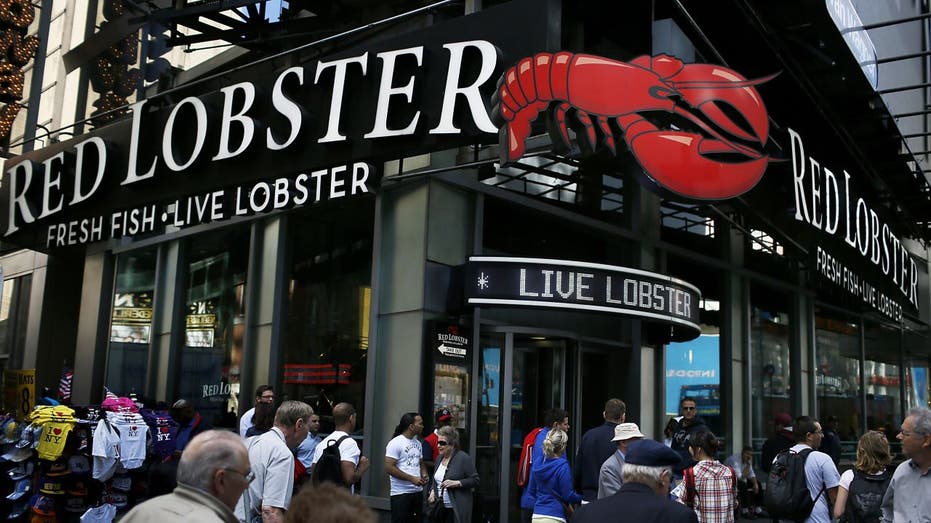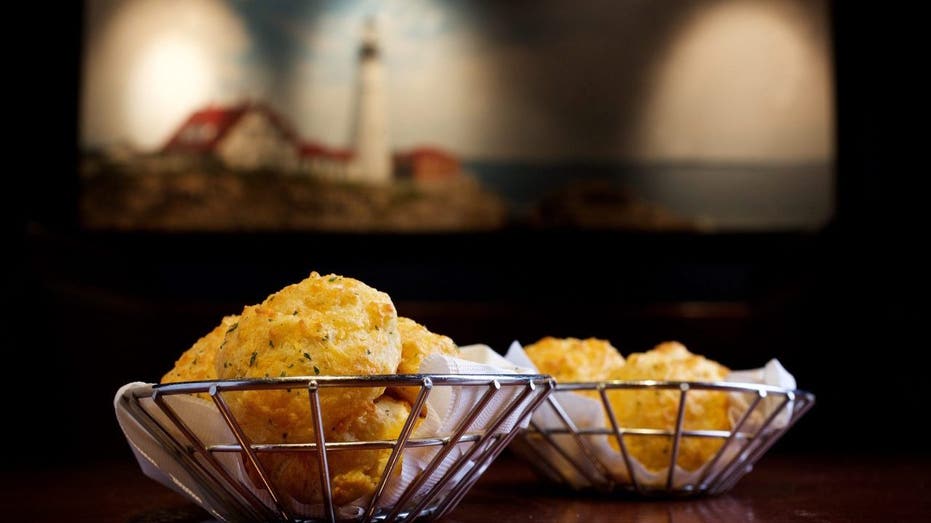Experts say Red Lobster's shrimp excuse is 'smoke screen' for real problems
The chain is auctioning 50-plus locations across the nation
Experts are questioning the factors that contributed to the potential demise of Red Lobster as reports emerge that a company that's over 50 years old may need to close over 100 additional locations.
The company could lose 135 more eateries if it's unable to renegotiate its leases, the New York Post reported.
Last month, the seafood restaurant chain announced it would be "auctioning off 50-plus locations across the country" shortly before it sought protection in bankruptcy court.
RED LOBSTER CLOSING DOZENS OF LOCATIONS AS BANKRUPTCY POSSIBILITIES LOOM
The company filed for Chapter 11 bankruptcy protection more than 50 years after it opened its doors in 1968.
After the pandemic, Red Lobster feverishly tried to boost traffic to its restaurants by offering a $20 all-you-can-eat shrimp deal the company hoped would serve as a loss-leader and bring in more customers who would become regulars.

Pedestrians pass in front of a Red Lobster in New York Sept. 19, 2012. (Victor J. Blue/Bloomberg via Getty Images / Getty Images)
Some are arguing the deal is to blame. But Kevin Hart, chief sales officer at cash app Upside, which works with over 30,000 restaurants, said its downfall was the result of "short-term thinking."
"All-you-can-eat shrimp didn’t bankrupt Red Lobster," Hart said.
The company, like several others across the industry, had a decline in foot traffic. To rebound, Hart claims the company "took a desperate approach to prop up their sales."
RED LOBSTER'S ULTIMATE ENDLESS SHRIMP DEAL CONTRIBUTED TO THIRD-QUARTER OPERATING LOSS
"They thought that an influx of customers through their doors would make up for the money they lost on every sale, and it just doesn’t work that way," Hart said.
"Red Lobster overly discounted items – especially premium items – that customers would have paid full price for, and it was a risk that ended up eating at their profit margins."

Cheddar Bay Biscuits at Red Lobster in Alexandria, Va. (Deb Lindsey For The Washington Post via Getty Images / Getty Images)
These quick-hit solutions and the company's failure to create a "long-term revenue management strategy to attract new customers" cost it its business, according to Hart.
FOX Business reached out to Red Lobster for comment.
Similarly, Eric Snyder, head of bankruptcy for New York-based firm Wilk Auslander LLP, told FOX Business the "shrimp deal excuse is a smoke screen," arguing "Red Lobster filed because of financial issues made worse by excessive debt and ownership turnover in two words: private equity."
GET FOX BUSINESS ON THE GO BY CLICKING HERE
In 2014, the company was sold to a hedge fund and spun off its real estate assets to finance the acquisition, which then changed the company from owners to above-market renters, increasing costs, according to Snyder.

A coconut shrimp dish at a Red Lobster in Yonkers, N.Y., July 24, 2014. (Michael Nagle/Bloomberg via Getty Images / Getty Images)
In 2020, they were sold again. Thai Union Group, which acquired a 49% stake in the company in 2020, announced in January it planned to exit its minority ownership.
"Private equity deals like this one turn solidly profitable businesses and employers into debt-laden sluggish companies that cannot compete," Snyder said. "It wasn't the endless shrimp that killed Red Lobster. It was the endless debt."
Red Lobster said last month it intends to use its Chapter 11 filing "to drive operational improvements, simplify the business through a reduction in locations and pursue a sale of substantially all of its assets as a going concern."





















